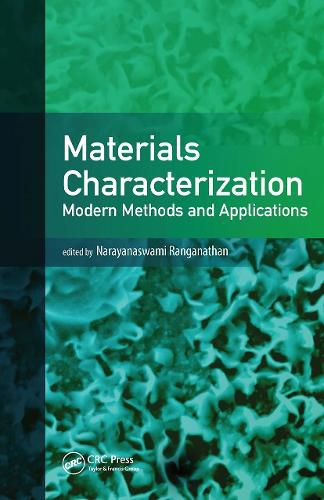Readings Newsletter
Become a Readings Member to make your shopping experience even easier.
Sign in or sign up for free!
You’re not far away from qualifying for FREE standard shipping within Australia
You’ve qualified for FREE standard shipping within Australia
The cart is loading…






This book, which is a result of a coordinated effort by 22 researchers from five different countries, addresses the methods of determining the local and global mechanical properties of a variety of materials: metals, plastics, rubber, and ceramics. The first chapter treats nanoindentation techniques comprehensively. Chapter 2 concerns polymer surface properties using nanoindentation techniques. Chapter 3 deals with the wear properties of dental composites. Chapter 4 compares the global and local properties of a lead-free solder. Chapter 5 discusses the methods of determining plastic zones at the crack tip. Fatigue resistance of a synthetic polymer under different loading conditions is dealt with in Chapter 6. Chapter 7 is a review of the methods used to measure fatigue crack growth resistance. Chapter 8 treats bulk and surface properties of coated materials, and the final chapter presents a method for determining elastic constants using a resonance technique. All in all, its depth of coverage makes it a must-have for research scholars, graduate students, and teachers.
$9.00 standard shipping within Australia
FREE standard shipping within Australia for orders over $100.00
Express & International shipping calculated at checkout
This book, which is a result of a coordinated effort by 22 researchers from five different countries, addresses the methods of determining the local and global mechanical properties of a variety of materials: metals, plastics, rubber, and ceramics. The first chapter treats nanoindentation techniques comprehensively. Chapter 2 concerns polymer surface properties using nanoindentation techniques. Chapter 3 deals with the wear properties of dental composites. Chapter 4 compares the global and local properties of a lead-free solder. Chapter 5 discusses the methods of determining plastic zones at the crack tip. Fatigue resistance of a synthetic polymer under different loading conditions is dealt with in Chapter 6. Chapter 7 is a review of the methods used to measure fatigue crack growth resistance. Chapter 8 treats bulk and surface properties of coated materials, and the final chapter presents a method for determining elastic constants using a resonance technique. All in all, its depth of coverage makes it a must-have for research scholars, graduate students, and teachers.